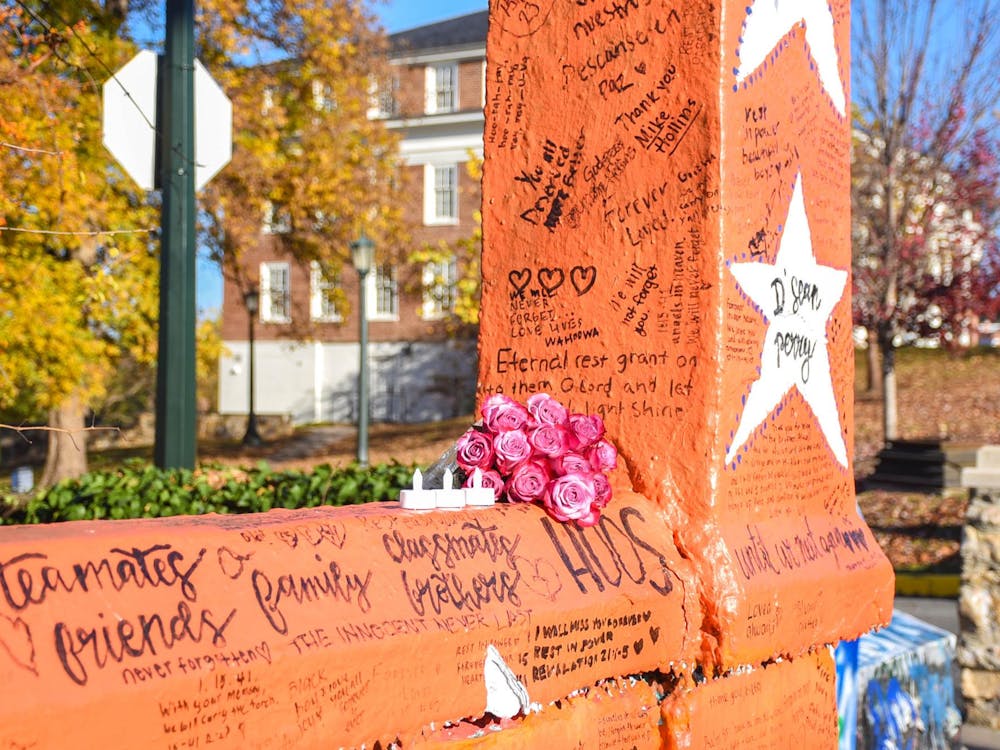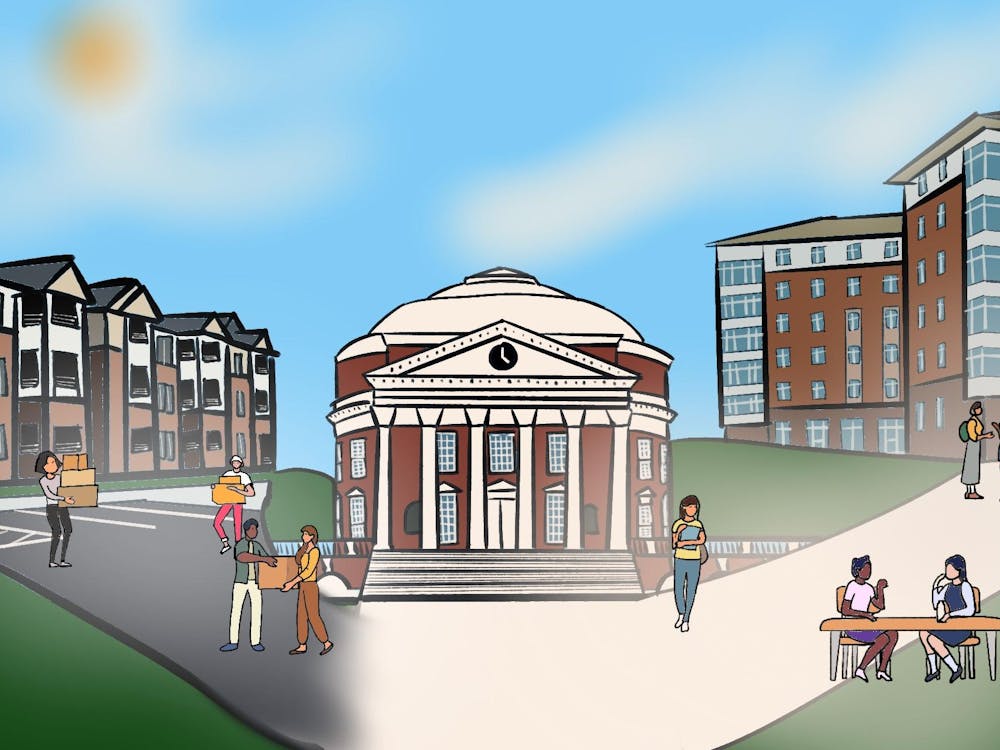Most University students have experienced sitting in traffic on Route 29 or slowly inching their way toward the Corner during a busy afternoon. To cope with traffic in its own area - and to benefit the environment - James Madison University is considering a plan to create a pedestrian- and public-transit-only campus. Even as a long-term solution, this approach hardly seems feasible here at the University, given transportation needs on and near Grounds. But the school still needs to find a strategy of its own before the situation becomes unmanageable.
Currently, the University seems poised to expand enrollment continuously during at least the next decade or so. More students inevitably translates into more cars - public transportation is insufficient to pick up all the slack. Even with efforts to minimize reliance on cars and reduce parking availability, Charlottesville cannot accommodate a completely car-free lifestyle - especially with a growing student population at the University. Increasing enrollment and reducing the number of cars on the road are incompatible goals unless the public transportation system throughout the area is overhauled significantly, which likely would cost the University more than it can afford during the economic downturn.
There are many ways to ease traffic flow on roads, but all have limitations. Obviously, expanding roads near the University, would be the most straightforward solution, but it is likely not practical because of the rigid transportation infrastructure near Grounds - there is simply not much space to increase the size of existing streets.
Another way to alleviate traffic would be by expanding the University Transit Service. Unfortunately, this option also is difficult to implement without a significant investment. Seventy-five percent of UTS' $4.6 million annual budget comes from the combined sum of $145 comprehensive transportation fees charged to students, said Rebecca White, University parking and transportation director. Because such a substantial portion of UTS' budget comes from student fees - the rest comes from charter and other special services - expanding the program would probably require a tuition hike, which would be unpopular among students. An increase in enrollment numbers would lead to more revenue from these fees, but given that transportation and parking are already problems, this uptick in resources will not take care of the problem; it just may help it from getting significantly worse.
But money would not solve the problem entirely. People are accustomed to the flexibility and convenience of using cars, so for them to rely entirely on public transportation would require a significant lifestyle change that is unlikely to happen without the right incentives being in place. Although UTS buses are absolutely necessary to get students to places on and near Grounds, it cannot be expected to reduce demand for personal vehicles entirely unless Charlottesville's transportation infrastructure also is addressed. Simply put, the city is not laid out in such a way that is conducive to using public transit for all purposes, meaning that personal vehicles will continue to be relied upon unless more substantial changes are made.
Ultimately, the University's policy cannot simply be to offer limited parking as a means to reduce personal car use






